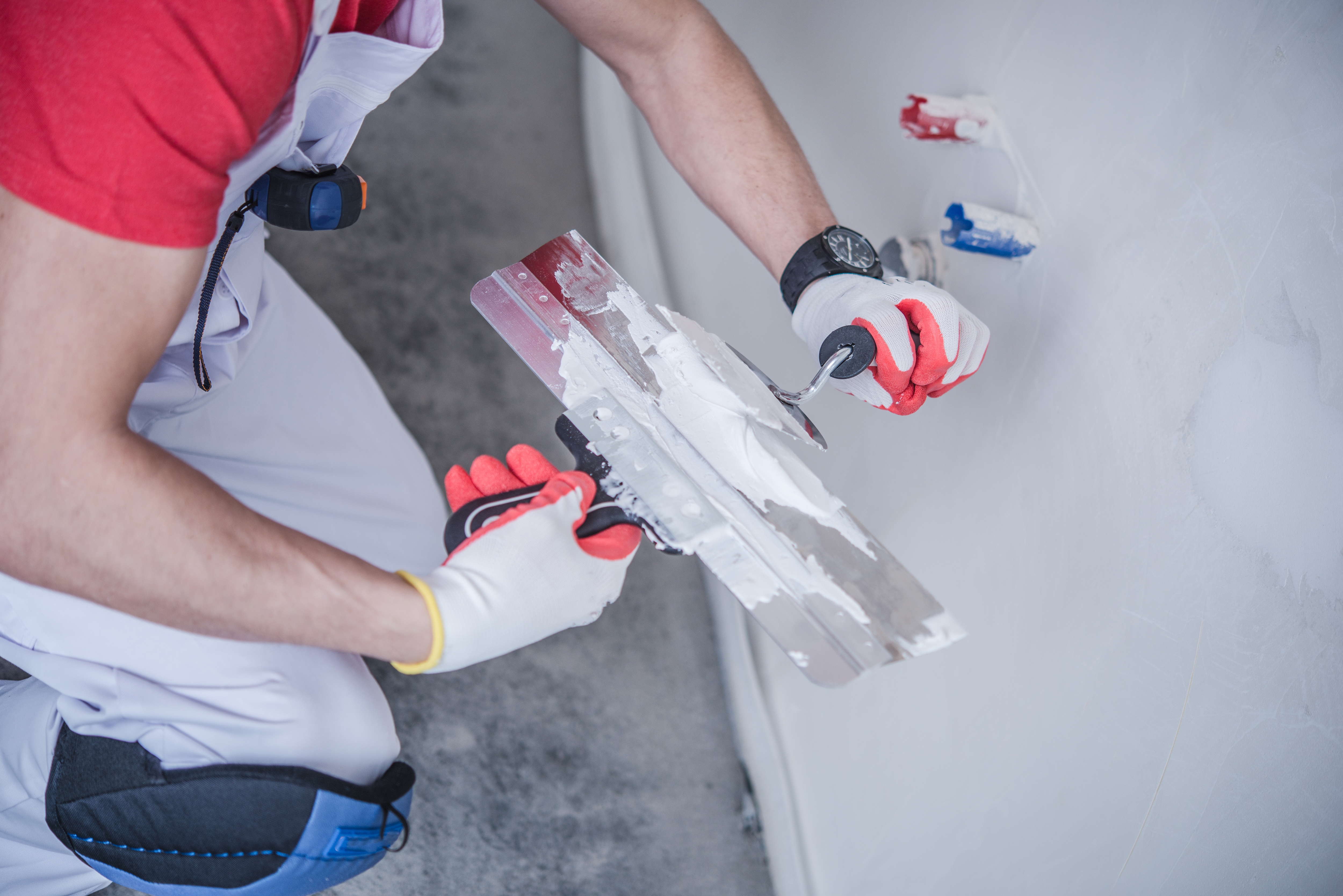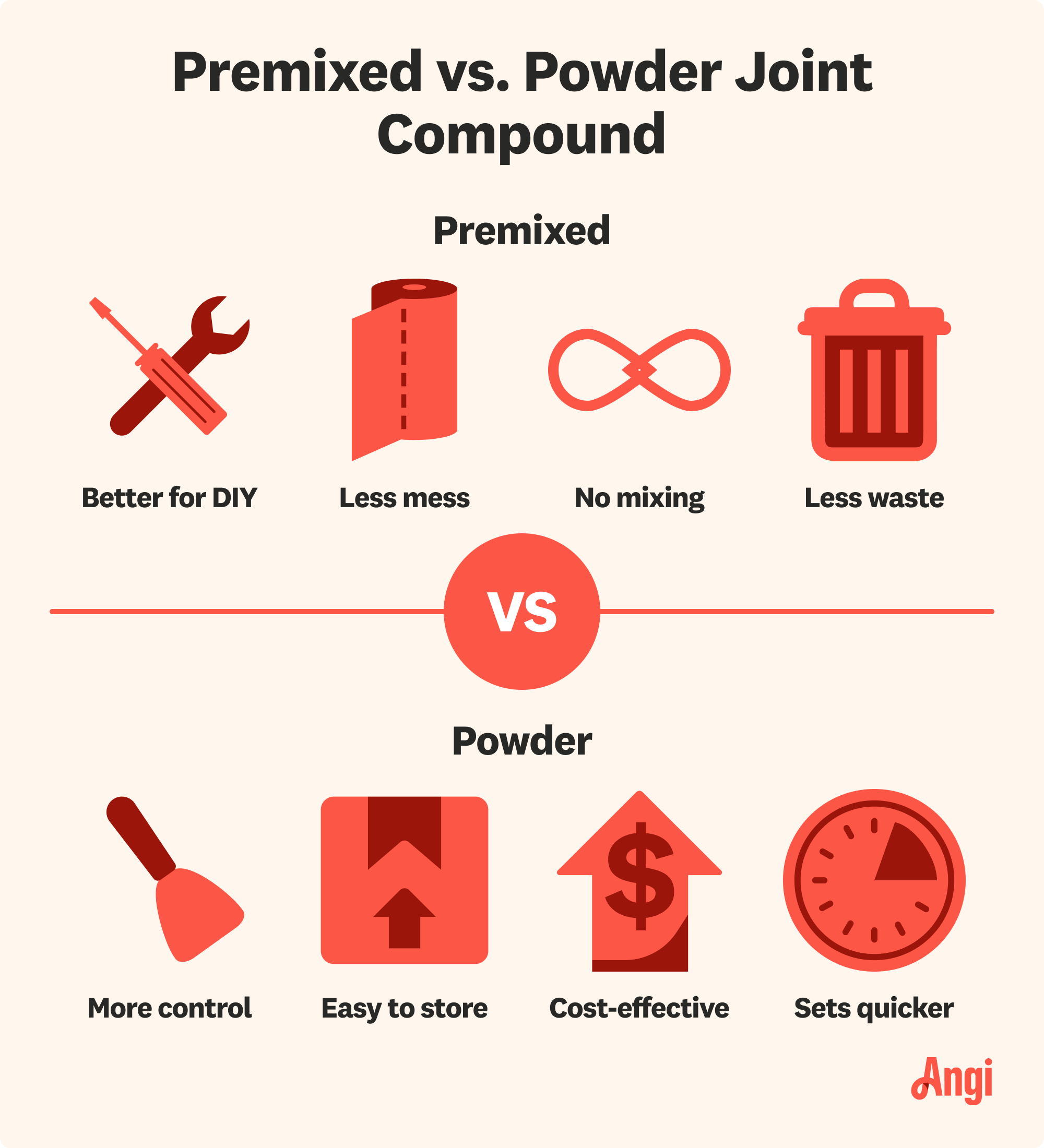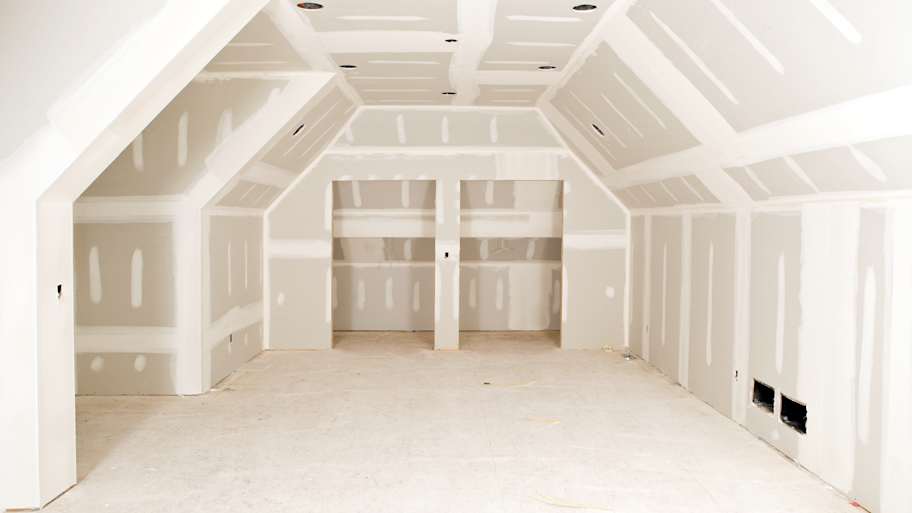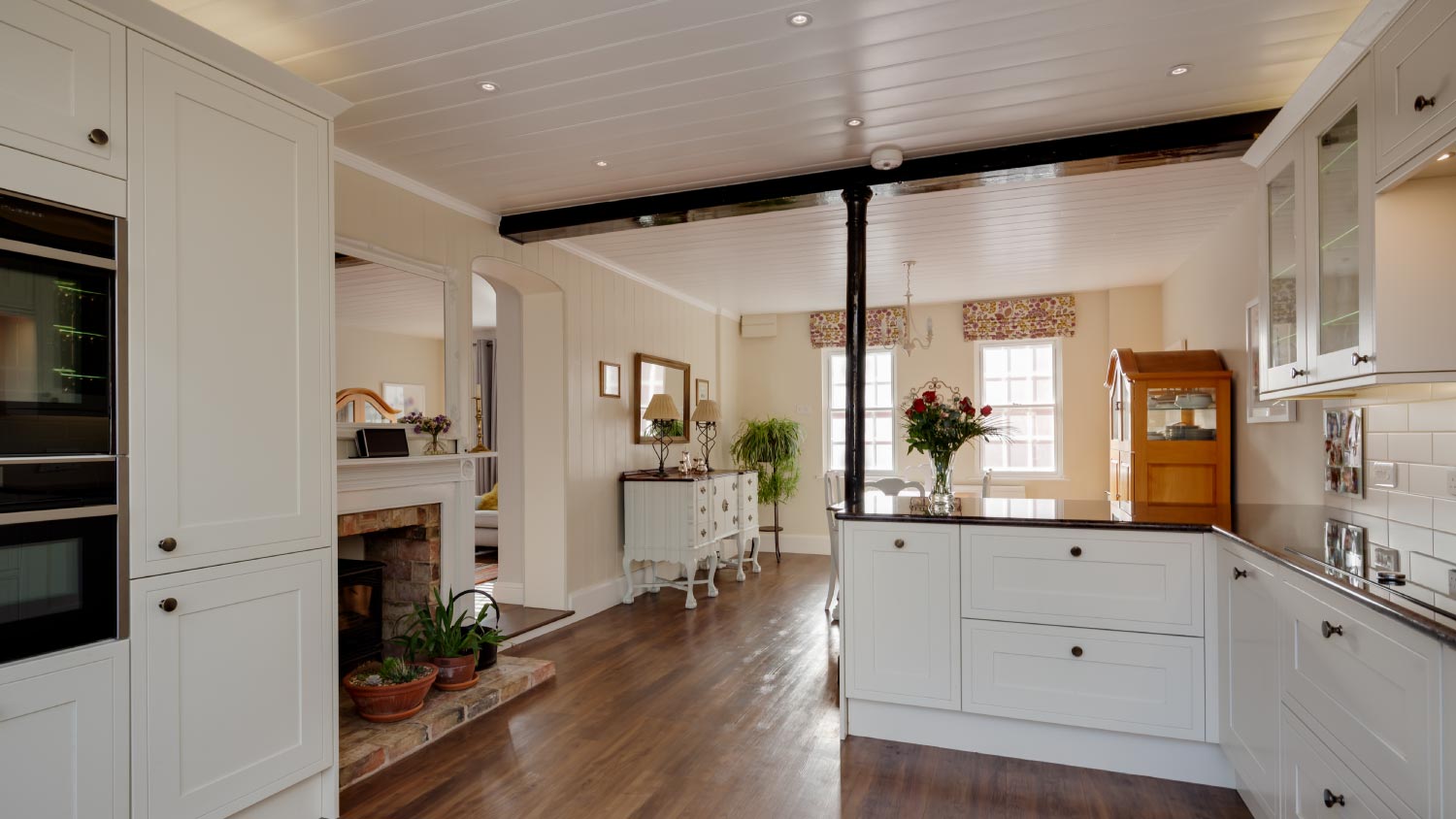
Drywall texture can create an attractive finish and add dimension to your home’s walls. This guide breaks down the factors that influence the cost to texture drywall.
It may not have an expiration date like milk, but yes, drywall mud can expire


Drywall mud can go bad by getting moldy or drying out.
Powdered drywall mud is more likely to stay “good” than premixed joint compound.
If there’s mold in your drywall mud, it can cause health problems.
Always store drywall mud in a dry environment, and don’t open it until it’s time to use it.
While it might not have an exact expiration date, drywall mud can go bad—especially if you’re using the wet, premixed kind (and especially after you’ve already opened it). If, however, you’re using the powdered kind, proper storage can help ensure it stays good for months or even years. Let’s explore what causes drywall mud to deteriorate and how to keep yours fresh for as long as possible.
If you buy powdered drywall mud, you’re basically purchasing a bucket of gypsum sand (and other additives, depending on the type of drywall mud you’ve purchased) that you have to mix with water. That is, after all, how you make a dry substance into a muddy one.
Premixed drywall mud or joint compound, as its name suggests, already has water mixed in. For that reason, it can have a shorter shelf life—because the presence of moisture is what causes drywall mud to deteriorate.

The primary way you can tell your drywall mud is bad is the visible presence or smell of mold. Premixed drywall mud, which already contains water, is more likely to grow mold more quickly, particularly once you’ve opened it.
Powdered drywall can also grow mold—or set up in the bucket—if it’s exposed to moisture. Most powdered drywall mud is stored with a plastic liner meant to prevent moisture exposure, but it can still happen, especially if you store your buckets for long periods of time in humid areas.

Some people claim that powdered drywall will stay usable forever so long as it stays bone dry, while others have found mold growing in an unopened (but long-stored) container. The most important thing is to keep your powdered drywall mud as dry as possible for as long as possible. So if you’ve opened the container, consider lining it with another layer of plastic lining before resealing it.
For wet drywall mud, there’s less you can do to keep it good for longer, so don’t expect an open container of it to last more than a few months or so. Just make sure the container it's in is sealed very well and you store it in a dry place.
Fortunately, drywall mud tends to be relatively low-cost, so you don’t have to stockpile it. If you have more questions or just don’t want to worry about DIYing a messy and demanding project, a drywall repair pro near you can help.
From average costs to expert advice, get all the answers you need to get your job done.

Drywall texture can create an attractive finish and add dimension to your home’s walls. This guide breaks down the factors that influence the cost to texture drywall.

Whether you’re trying to keep noise in or out, soundproofing materials are the way to go. Use this guide to see how much it costs to soundproof a room.

Installing beadboard ceilings is a great DIY project. Learn what to expect cost-wise from this project, whether removing or covering a popcorn ceiling.

If you’re wondering who to call for drywall repairs, look no further. This drywall repair contractor hiring guide will help you choose a contractor.

Thick gaps and extra joint compound can alter the look of drywall. So, should drywall be butt up against a wall? Review this guide for seamless installation.

Mesh drywall patches add strength to small drywall repairs. Learn why mesh patches are important and when to use this material for drywall repairs.